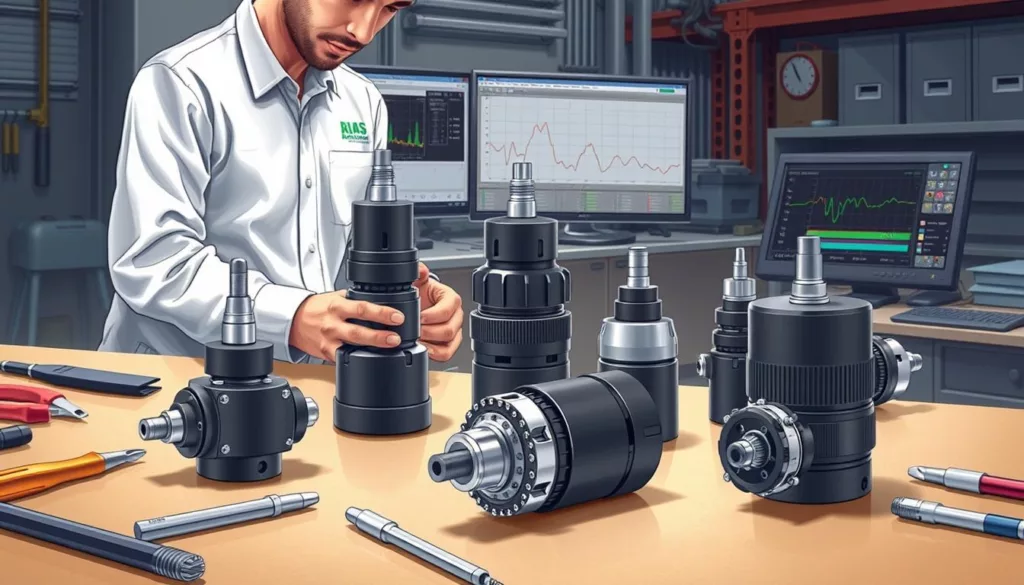Introduction
Force sensors are everywhere—inside your phone, in your car, on factory machines, and even embedded in medical devices. But many people still ask: what is a force sensor and how does it work? This article explains the basics and the brilliance behind this powerful piece of technology.

What is a Force Sensor?
A force sensor is a device that measures the amount of force or load applied to an object. It converts the mechanical force into an electrical signal that can be measured and interpreted. Force sensors are essential in a wide range of applications, from weighing systems to robotic hands.
These sensors don’t just count how hard something is pressed—they provide critical data that can automate machines, ensure safety, and deliver precision in sensitive environments.
Why Are Force Sensors Important?
Force sensors are critical in modern technology because they:
- Enable automation in industrial processes
- Provide safety in vehicles and heavy machinery
- Improve user interaction in electronics
- Aid in rehabilitation and medical diagnostics
- Monitor real-time force in delicate environments like aerospace
Types of Force Sensors
Force sensors come in various forms, depending on the application. The most common types include:
Strain Gauge Force Sensors
These use strain gauges attached to a structure. When force is applied, the structure deforms slightly, changing the resistance of the strain gauge. This resistance change is converted into an electrical signal.
Load Cells
Load cells are highly accurate force-measuring devices. They often use strain gauges or piezoelectric materials and are widely used in weighing scales and industrial automation.
Piezoelectric Sensors
These sensors use materials that generate an electric charge under mechanical stress. They’re ideal for dynamic force measurement and can detect minute changes in pressure.
Capacitive Force Sensors
These measure changes in capacitance when force alters the distance between two conductive plates. They are often used in compact electronics and touch-sensitive devices.
Optical Force Sensors
Utilizing light-based changes due to mechanical movement, these sensors are excellent in environments where electrical interference must be avoided.
How Does a Force Sensor Work?
At the core, all force sensors follow a basic principle:
Mechanical Force → Physical Change → Electrical Signal
When a force is applied:
- The sensor’s internal material deforms slightly
- This deformation alters a physical property (resistance, capacitance, voltage, etc.)
- The sensor circuitry converts this change into an electrical signal
- That signal is then processed or displayed as a force measurement
The exact mechanism varies depending on the sensor type. For instance, a strain gauge changes resistance, while a piezoelectric sensor generates voltage.
Applications of Force Sensors
Force sensors are used in almost every industry:
- Automotive: Airbags, braking systems, seat sensors
- Medical: Prosthetics, surgical instruments, patient monitoring
- Robotics: Grip control, collision detection
- Consumer Electronics: Smartwatches, gaming controllers
- Manufacturing: Weighing, assembly force monitoring
Benefits of Using Force Sensors
- Precision: Accurate force measurement
- Automation: Enables intelligent machine operation
- Safety: Helps prevent mechanical failure or injury
- Efficiency: Reduces human error and increases productivity
- Miniaturization: Compact designs fit into wearable and mobile devices
Challenges with Force Sensors
Despite their advantages, force sensors face some challenges:
- Calibration Drift over time
- Temperature Sensitivity affecting readings
- Mechanical Fatigue in long-term usage
- Signal Noise in sensitive environments
Advancements in materials and digital signal processing are addressing these issues.
FAQs
What is a force sensor?
How does a force sensor work?
What are the main types of force sensors?
Where are force sensors used?
Are force sensors accurate?
Can force sensors measure both tension and compression?
Conclusion
Understanding what is a force sensor and how does it work is key to appreciating the sophisticated systems we interact with every day. These devices play a silent but powerful role in making technology smarter, safer, and more responsive.
Clear Call-to-Action (CTA):
XJCSENSOR provides custom force sensor solutions trusted across industries—from precision robotics to advanced healthcare systems.
Whether you’re developing next-gen wearables or automating complex machinery, we have the right sensor for you.
Contact us today to discuss your project, explore our latest force sensor products, or follow us on LinkedIn to stay ahead in sensor innovation!

